Why adjust the grinder scale? When do I need to adjust?
Professional coffee knowledge exchange more coffee bean information please follow the coffee workshop (Wechat official account cafe_style)
Many people will ask how to adjust the scale of the bean grinder, but few will ask when and why to adjust the bean grinder.
When do I need to adjust the bean grinder?
Broadly speaking:
"when the espresso flow rate has exceeded the error range that can be controlled by the handle, the scale of the bean grinder should be adjusted."
However, the main cause of incorrect flow velocity is not all bean grinders. Some of the following conditions will lead to the need to adjust the bean grinder, and some failures can easily lead to the miscalculation of "the bean grinder needs to be adjusted" and lead to the situation that the adjustment is getting worse.
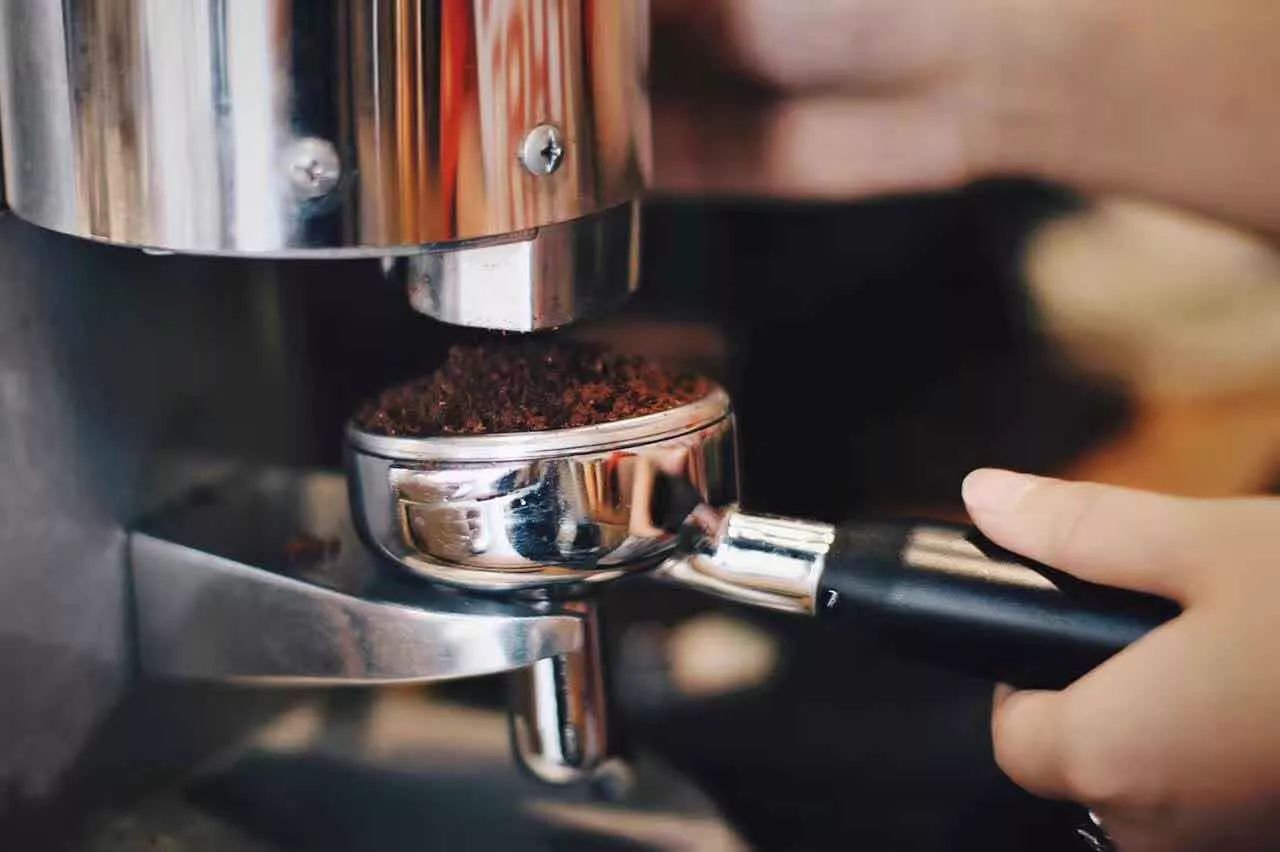
You may need to adjust the condition of the bean grinder:
1. When the temperature, pressure and humidity change suddenly, especially in the open space, it is most obvious.
two。 When the old and new coffee beans are replaced: when a bag of coffee beans is used up and the beans are poured into the newly opened beans alternately. Because the roasting date, batch and cultivation period of newly opened coffee beans may be different, the extraction situation is very different.
3. Continuous cooking: after 5 or 6 cups, the grinding degree will suddenly become very fine, this is because after the continuous use of the bean grinder, the heat energy of the motor conducts heat to the cutter head, coupled with the heat energy produced by the friction between the cutter head itself and the coffee beans. as a result, the gap between the upper and lower cutters becomes very fine due to thermal expansion and cold shrinkage.
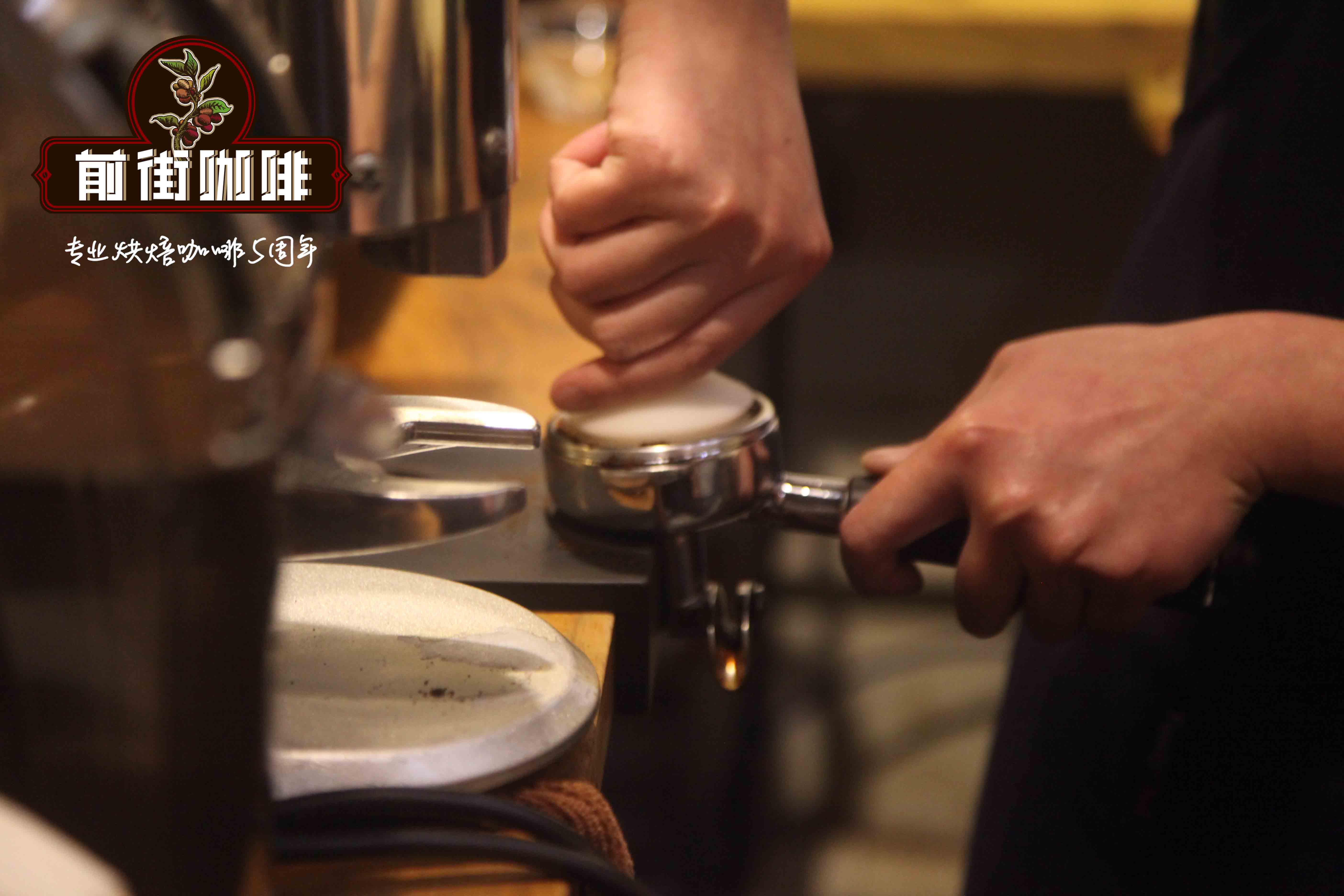
Situations prone to misjudgment:
1, jumping bean phenomenon: some baristas are used to pour new coffee beans into the bean barn after the coffee beans have been fully used. This will cause the beans near the bottom because of the lack of pressure above, coupled with the rotation of the knife head to throw the coffee beans out, it looks like beans jumping up and down between the knife plate and the bean warehouse, which is: jumping beans (also known as popcorn effect).
At this time, due to the above situation, the coffee powder becomes thicker and the flow rate becomes faster. If the baristas fine the powder at this time, they will soon face the double effects of exuberant exhaust of new beans, rich oil, and increased pressure of coffee beans in the bean barn, and the flow rate suddenly becomes extremely slow; even unable to flow out of the dilemma.
2. The peak period of coffee machine use: the trial brewing after opening the shop and preheating is often faced with the need to adjust the grinding degree. It is not easy to adjust the bean grinder, but the water temperature and pressure of the coffee machine will become abnormal after continuous brewing. In fact, this is the same as the situation mentioned in point 3 above. Unless you hand over different baristas in the morning and evening, you will find that the error of the brewing coefficient of the coffee machine is actually within a certain range, which can be overcome by slightly increasing the pressure channel, and there is no need to rush to adjust the bean grinder.
In fact, the same is true after the peak period, truly qualified baristas should be able to directly adjust their extraction status.
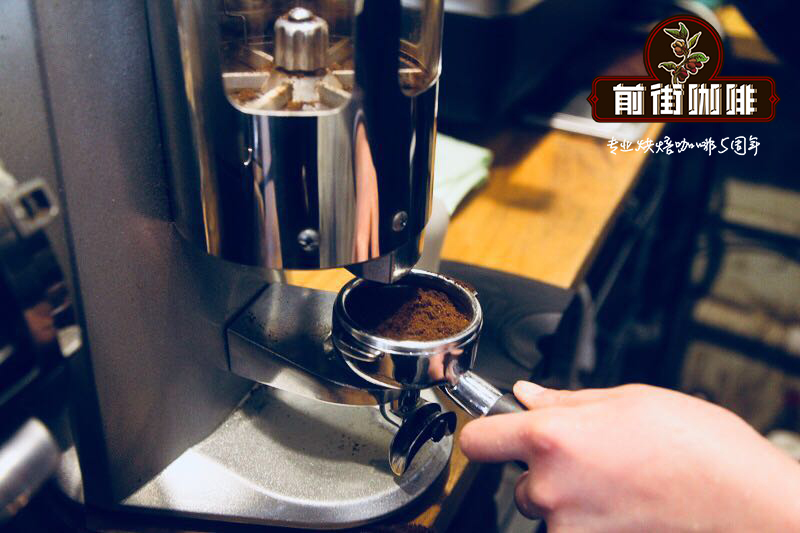
3, the amount of powder is unstable: some baristas do not have a quantitative grinder, nor do they have the habit of weighing quantitative, each time they receive powder only by a finger wipe, each time the amount of powder is different, the thickness of the powder cake is different, resulting in unstable flow rate, but desperately adjust the grinder, so that often adjust for a long time can not adjust a reason.
4, the pressure is unstable: this problem is more common in novices, buy a certain treasure can adjust the depth of the powder pressure hammer can effectively improve this problem.
In addition to the above points, there are some strange reasons, such as perforation, knocking powder bowl ah, today Xiaobian will not be named here one by one.
How to adjust the bean grinder
The humidity and storage time of coffee beans are constantly changing, and the degree of wear of the grinder blades changes with time, so the barista should adjust the grinder regularly to ensure that the ground coffee powder remains perfect.
As the beans enter the grinder, blades in the grinder grind the beans into a powder. The smaller the distance between the blades, the smaller the coffee beans will be ground into smaller particles.
The finer the ground particles, the more compact they are, and the more difficult it is for water to pass through, thus greatly extending the extraction time.
Conversely, if the distance between the blades becomes larger, the ground particles will become coarse, the water flow will be easier to pass, and the extraction time will be faster.
Bean grinder adjustment tutorial
Different grinders have different adjustment dials, so you should check the model of the coffee grinder and read the instructions carefully to determine the direction and strength of the dial. In general, if you keep checking the grinder settings, you only need to make very small adjustments.
Just move the dial scale within 3 mm, you can change the thickness of the powder. Although 3 mm is a very small number, the grinding time of the same coffee beans will change by 3-5 seconds.
Specific operation steps:
Determine the direction of adjustment you need (finer or coarser). Make sure there are enough beans in the bean bin and that the valve between the bean bin and the grinder is open to allow the beans to fall smoothly into the grinding area.
2. Turn on the grinder for 10 seconds and discard the coffee powder (these are coffee powders that have not been adjusted to the degree of grinding).
3. Make a cup of coffee with the obtained coffee powder to ensure that the powder amount, powder distribution and powder pressing steps are stable and the operation is correct.
Adjustment of electronic bean grinder
The adjustment of the electronic bean grinder is mainly aimed at two variables, the amount of powder and the degree of grinding. These two variables are mutually dependent, and changing one of them changes the other.
Ordinary electronic bean grinder will adjust the grinding and grinding time of the bean grinder according to the preset grinding amount (please note that the grinding machine adjusts the grinding amount according to time rather than weight). If you are not satisfied with the quality of your coffee, the first thing you need to do is determine whether the problem is with the amount of powder or the degree of grinding.
When adjusting the amount of powder, the amplitude of each adjustment should be between 0.2 and 0.3 seconds. After each adjustment, you need to re-test the quality of coffee.
The most difficult part of adjusting the electronic grinder is that when you adjust the grinding parameters, the distance between the sharpeners will change accordingly, and this change in distance will directly affect the amount of powder produced by the grinder, that is, the time of grinding and powder.
Relationship between grinding degree and extraction
Abrasion too coarse
Flow too fast.
underextraction
Abrasion is appropriate
Flow rate normal
extraction integrity
Abrasion too fine
Flow too slow
overextraction
You can use a constant amount of coffee powder (18 grams for example) in the exercise, 1:2 ratio out of concentrate 38 grams, normal time in 25-28 seconds, according to the concentration to judge:
Too coarse powder will lead to too fast water flow through the powder bowl, coarse water flow, extraction light, white color, flavor sharp acid, because the extraction is incomplete, only the surface and easy to extract acidic substances extracted

If the extraction time is long, it will be over-extracted on the surface, but there is not enough extraction inside, which is sharp and sour, because it is not sweet, and then bitter and astringent. If the powder is too fine, it will first block the filter hole, the water can not flow out or the water column is too thin, the oil color is dark, the extraction is excessive, the high temperature and high pressure are all contained in the powder bowl, bitter, mixed, and there are all kinds of good and bad flavors.
Reference video:
When adjusting the electronic bean mill, we should first grasp the relationship between the amount of powder and the degree of grinding. Because these two variables will change with the change of one variable, we need to constantly adjust the test to achieve the best results.
Last
Every small change in the bean grinder will have a great impact on the overall quality of the coffee. Therefore, as a barista, you should re-measure and adjust the bean grinder every day to ensure the perfect quality of the coffee.
In fact, the adjustment of bean grinder still needs to have a certain value of experience. In all kinds of barista competitions, many excellent players suddenly make mistakes, in addition to the tension affecting the performance, in fact, most of them are caused by the bean grinder.
Important Notice :
前街咖啡 FrontStreet Coffee has moved to new addredd:
FrontStreet Coffee Address: 315,Donghua East Road,GuangZhou
Tel:020 38364473
- Prev
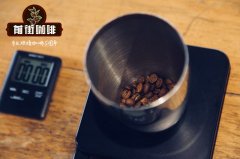
How to make standard espresso coffee with Ailepress coffee extraction standard method and parameters
Professional coffee knowledge exchange More coffee bean information Please pay attention to coffee workshop (Weixin Official Accounts cafe_style) The operation method of love pressure is changeable, there is no absolute rule, give play to your imagination, you can make a good cup of coffee. Use it however you want. It is precisely because of the variety of AeroPress, its operability, and the controllability of coffee extraction factors that
- Next
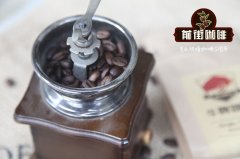
How to choose a household coffee grinder? The advantages and disadvantages of various grinding plates are analyzed.
Professional coffee knowledge exchange more coffee bean information please follow the coffee workshop (Wechat official account cafe_style) household coffee grinder how to choose? The advantages and disadvantages of various grinding plates are analyzed. Bean grinders are generally classified by coffee extraction, which are divided into two categories: single coffee grinder and Italian coffee grinder! According to the structure of the grinding plate can be divided into flat knife, cone knife, ghost teeth three categories! By work
Related
- What is the Philharmonic pressure? How to use Philharmonic pressure to make delicious coffee
- Why does a hand grinder have more fine powder than an electric grinder?
- In addition to the hot mom, what is the difference between the versions of EK43 | ditting and Mahdi ek43?
- What kind of equipment do you need to make coffee by hand? Introduction to novice starter cooking equipment tools
- Espresso needs to be ground how thick and thin scale entry Italian Coffee Machine Bean Grinder investigation and Grinding course
- How much does it cost to open a small private cafe? How much does it cost to learn coffee? How to operate it?
- The difference between the flavor characteristics of hand-brewed coffee and coffee maker is hand-brewed coffee really better than coffee maker? Can I use a coffee machine to make coffee beans by hand?
- The difference between 01 and 02 of hario v60 filter cup what is the difference between 01 and 02 filter cup opening and cooking flavor
- What's the difference between the smart cup and the French kettle? Which is better, the French kettle or the Smart Cup?
- What's the difference between a smart cup and a V60 filter cup? The difference between the taste of smart cup and hand-brewed coffee

